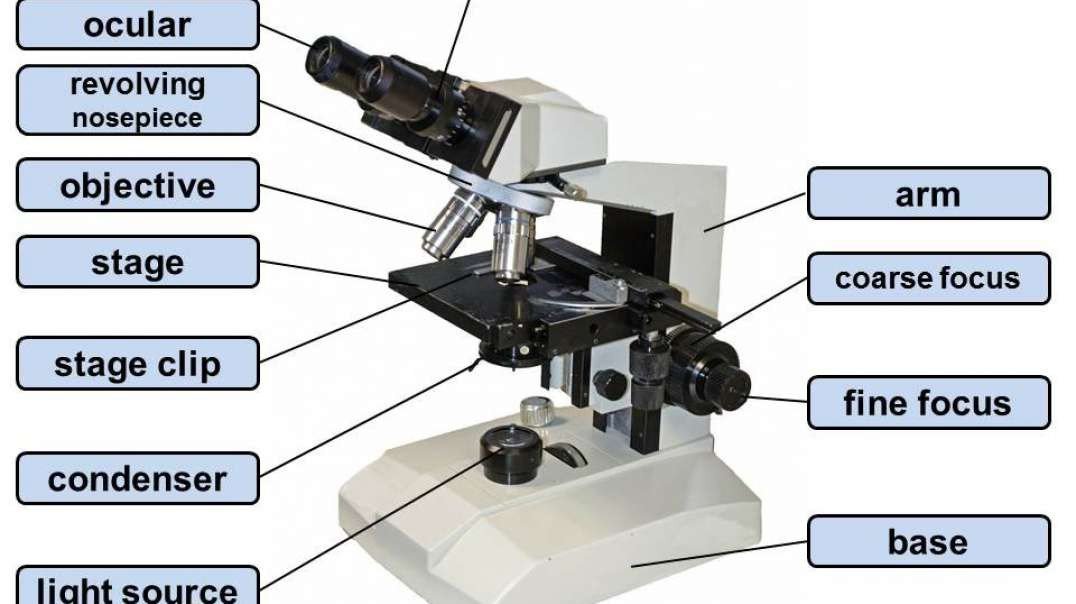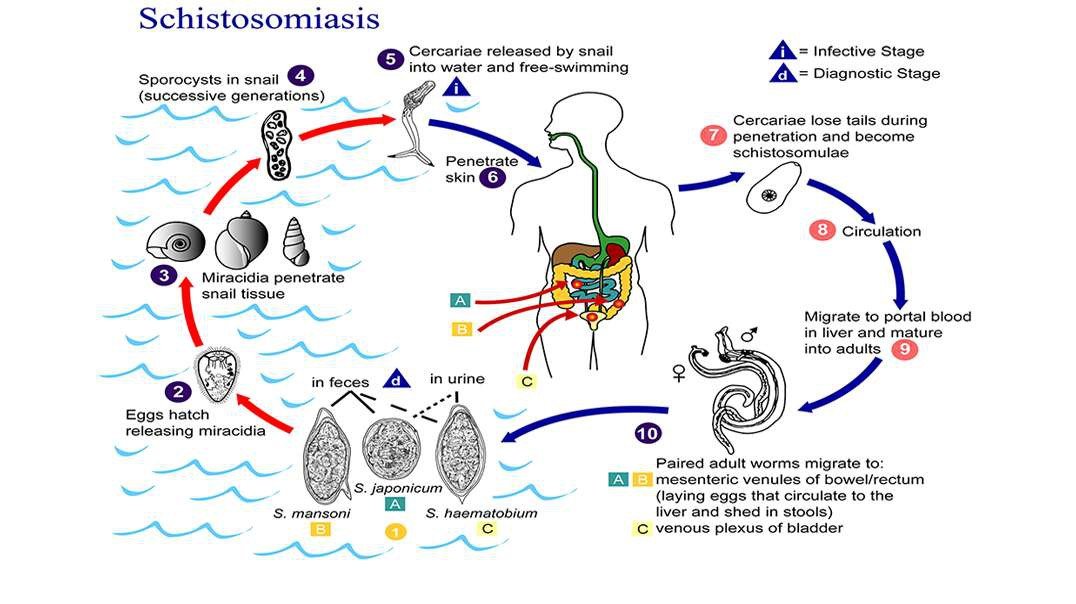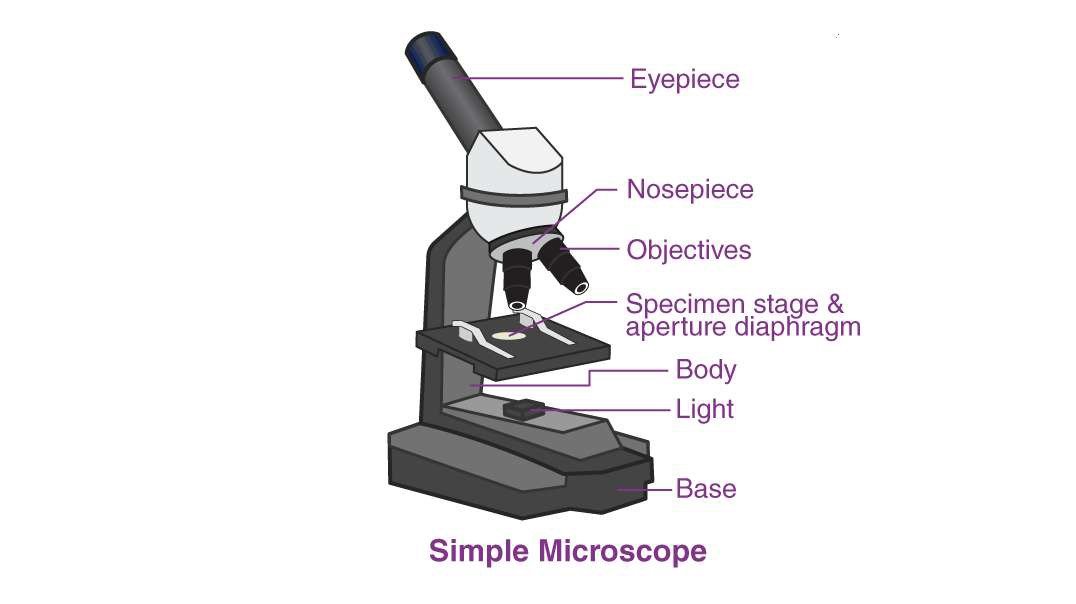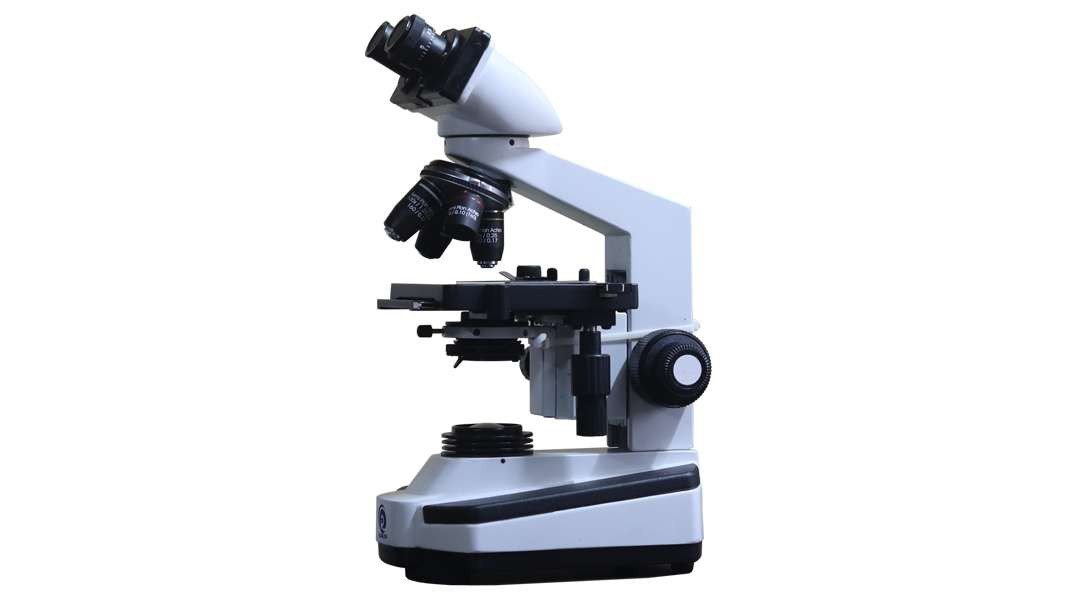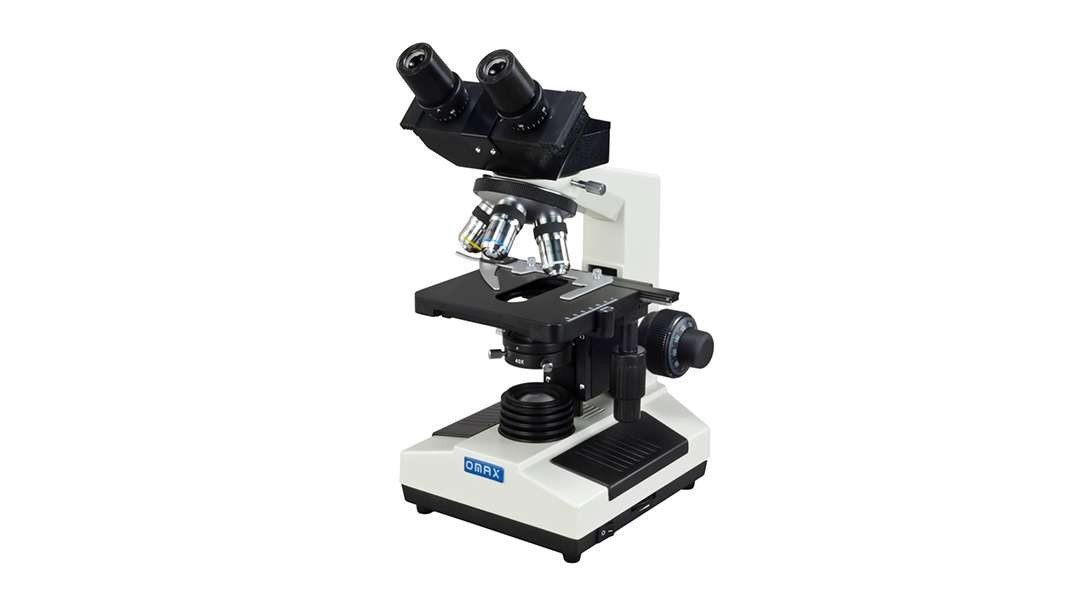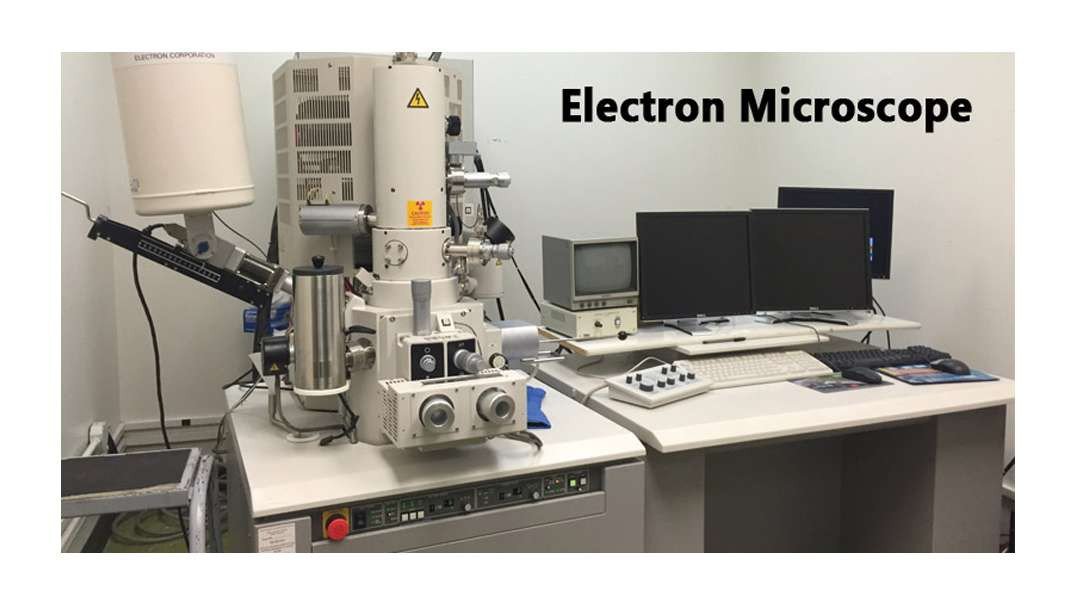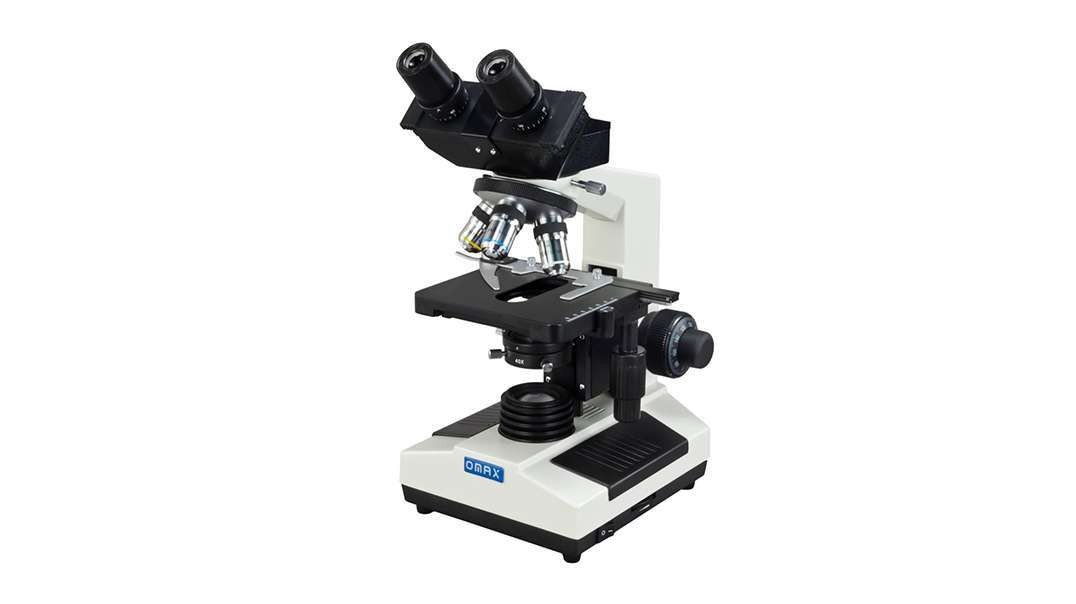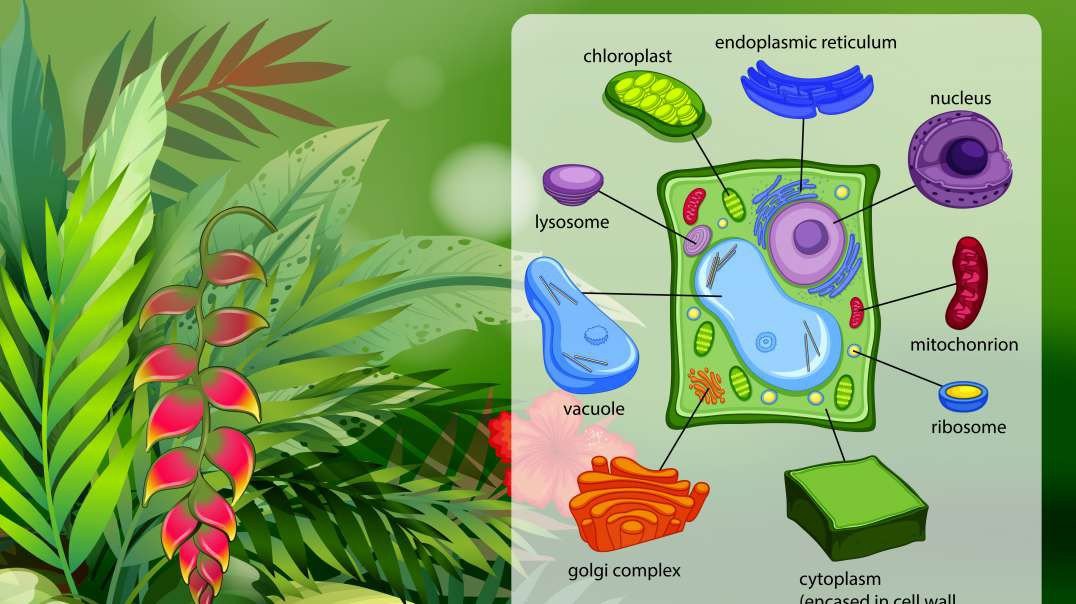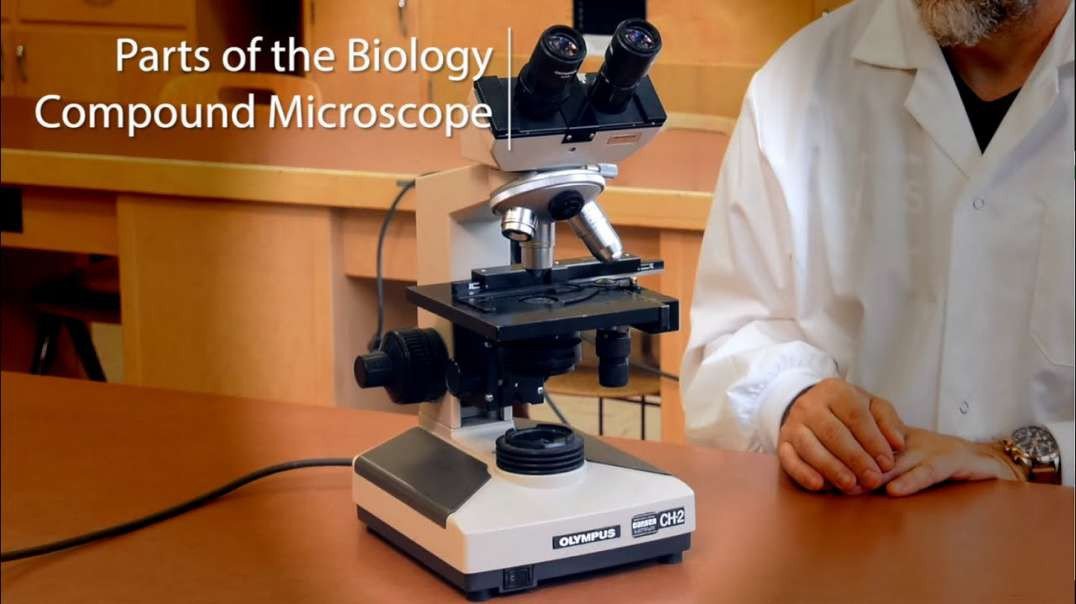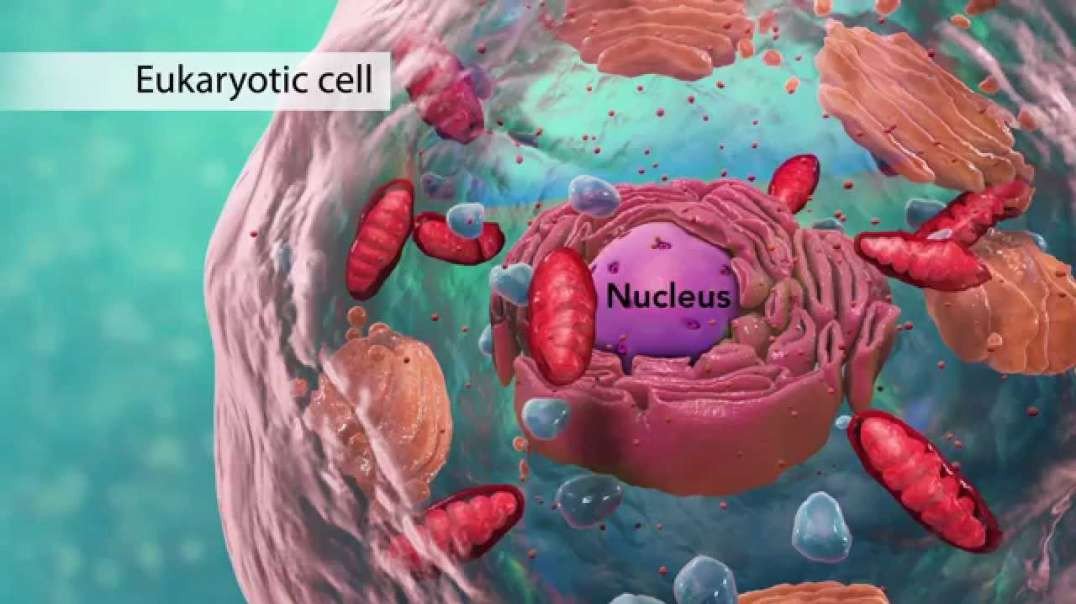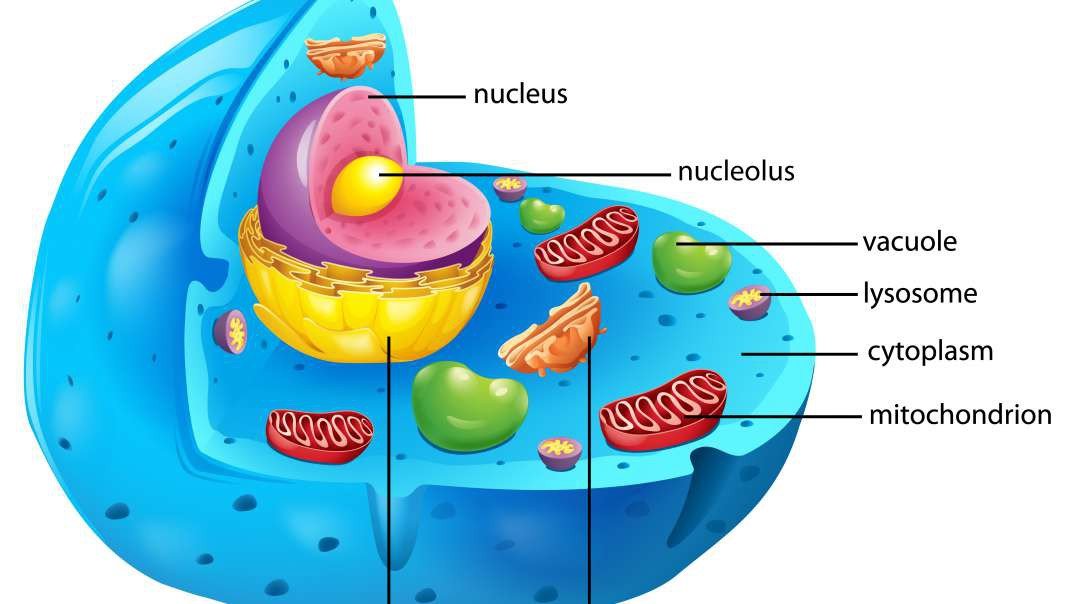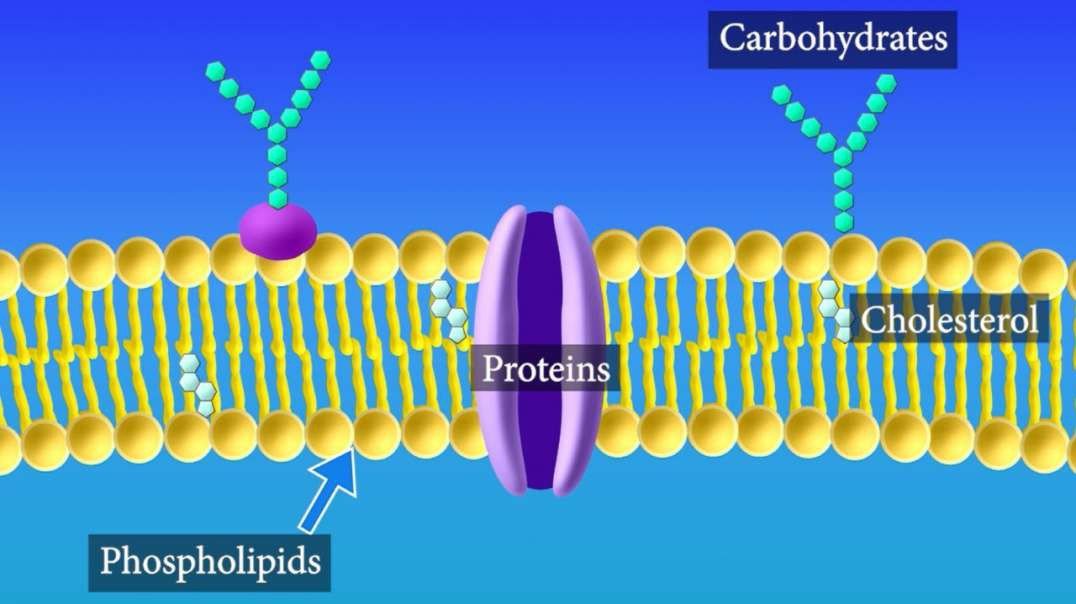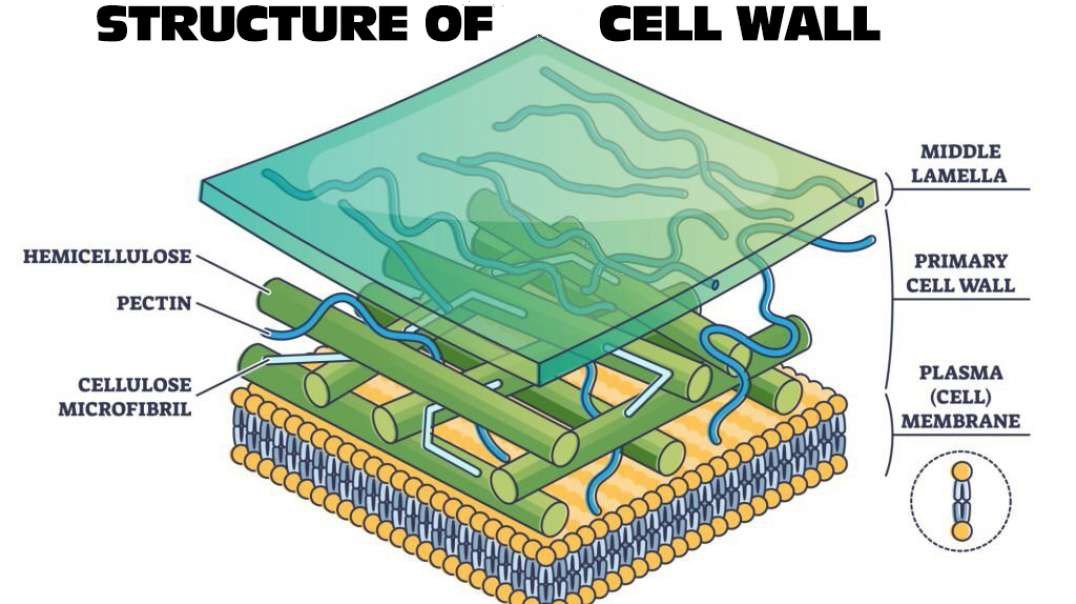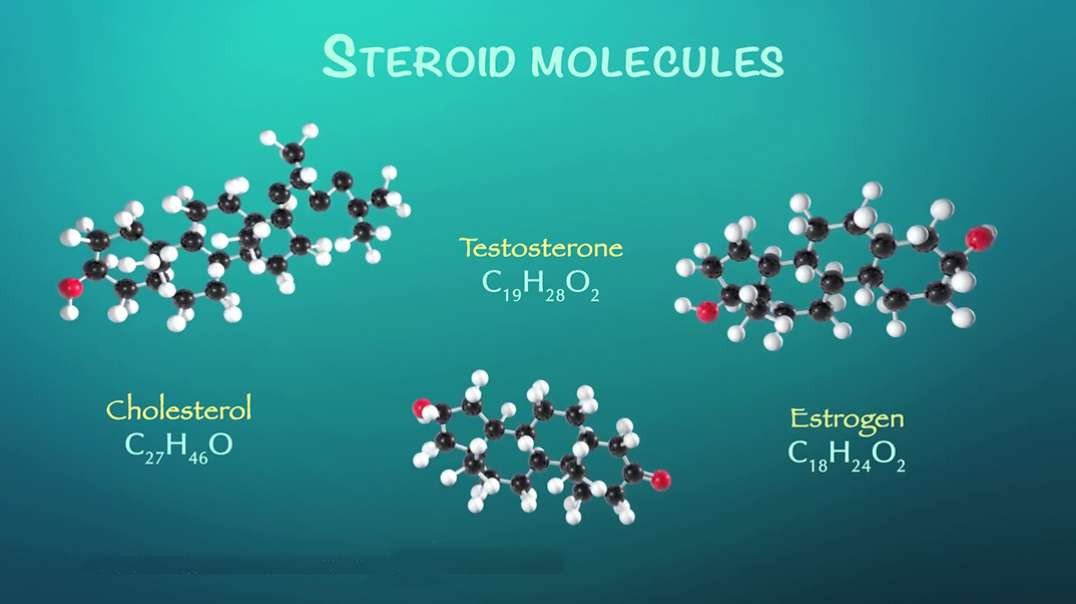
:
Lipids
SCIENCE ANIMATION TRANSCRIPT: Today, we're going to talk about lipids. Lipids are an integral part of every cell membrane in every living organism. Looking closer, you can see that lipids are part of the phospholipid membrane that is the boundary of every single cell. Most people think of lipids as fats, such as the fat in your body. Fats provide long-term energy storage and insulation in living organisms. But fats are just one type of lipid. Oils, waxes, and steroids are also types of lipids. Examples of steroids include cholesterol and hormones such as testosterone, which is produced in the testicles, and estrogen, which is produced in the ovaries. A common feature of all lipids is that they don't dissolve in water. So what makes something a lipid? All lipids are organic macromolecules. This means lipids are large molecules containing the element carbon. Lipids also contain hydrogen and oxygen. Organic macromolecules, such as lipids are formed by many units called monomers that are chemically bonded together. In lipids, the typical monomer is something called a fatty acid. A fatty acid contains a chain of carbon atoms attached to each other. Hydrogen atoms are also attached to these carbon atoms. You may recall that carbon can form up to four covalent bonds with other atoms. When each carbon atom forms two single bonds with adjacent carbon atoms and another two single bonds with adjacent hydrogen atoms, we call this fatty acid saturated. This means the fatty acid is saturated with all the hydrogen atoms it can possibly contain. Because of this structure, saturated fatty acids are straight molecules that can pack tightly together. As a result, saturated fats are usually solid at room temperature. Examples of saturated fats include lard and butter. In contrast, unsaturated fats are usually liquid at room temperature. These include things like vegetable oil and olive oil. So why are unsaturated fats liquid at room temperature? Well, unsaturated fatty acids have one or more double covalent bonds between carbon atoms. This means the unsaturated fatty acid has gaps in the hydrogen saturation. The carbon double bonds form kinks in the fatty acid, which prevent the molecules from packing together tightly. As a result, the more loosely packed molecules form a liquid instead of a solid at room temperature. Here's a tip to help you remember which type of fat is solid or liquid. Use the letter S at the beginning of the word saturated for solid at room temperature. Now that we've talked about fatty acids as lipid monomers, what is a lipid polymer? A lipid polymer, called a triglyceride, is formed when three fatty acids bond to a glycerol molecule. A triglyceride is saturated if it contains only saturated fatty acids. And a triglyceride is unsaturated if it contains any unsaturated fatty acids. To sum up, all living organisms use lipids in all of their cell membranes, as well as for long-term energy storage and insulation and in hormone formation. Lipids are organic macromolecules containing mostly carbon atoms, as well as hydrogen and oxygen atoms. Lipid monomers are fatty acids. Saturated fatty acids are saturated with hydrogen because their carbon atoms form only single bonds. As a result, saturated fats are solid at room temperature. In contrast, unsaturated fatty acids have gaps in their hydrogen saturation, because their carbon atoms form one or more double bonds. As a result, unsaturated fats are liquid at room temperature. Lipid polymers are called triglycerides. Saturated triglycerides contain only saturated fatty acids. Triglycerides are called unsaturated if they contain any unsaturated fatty acids.
